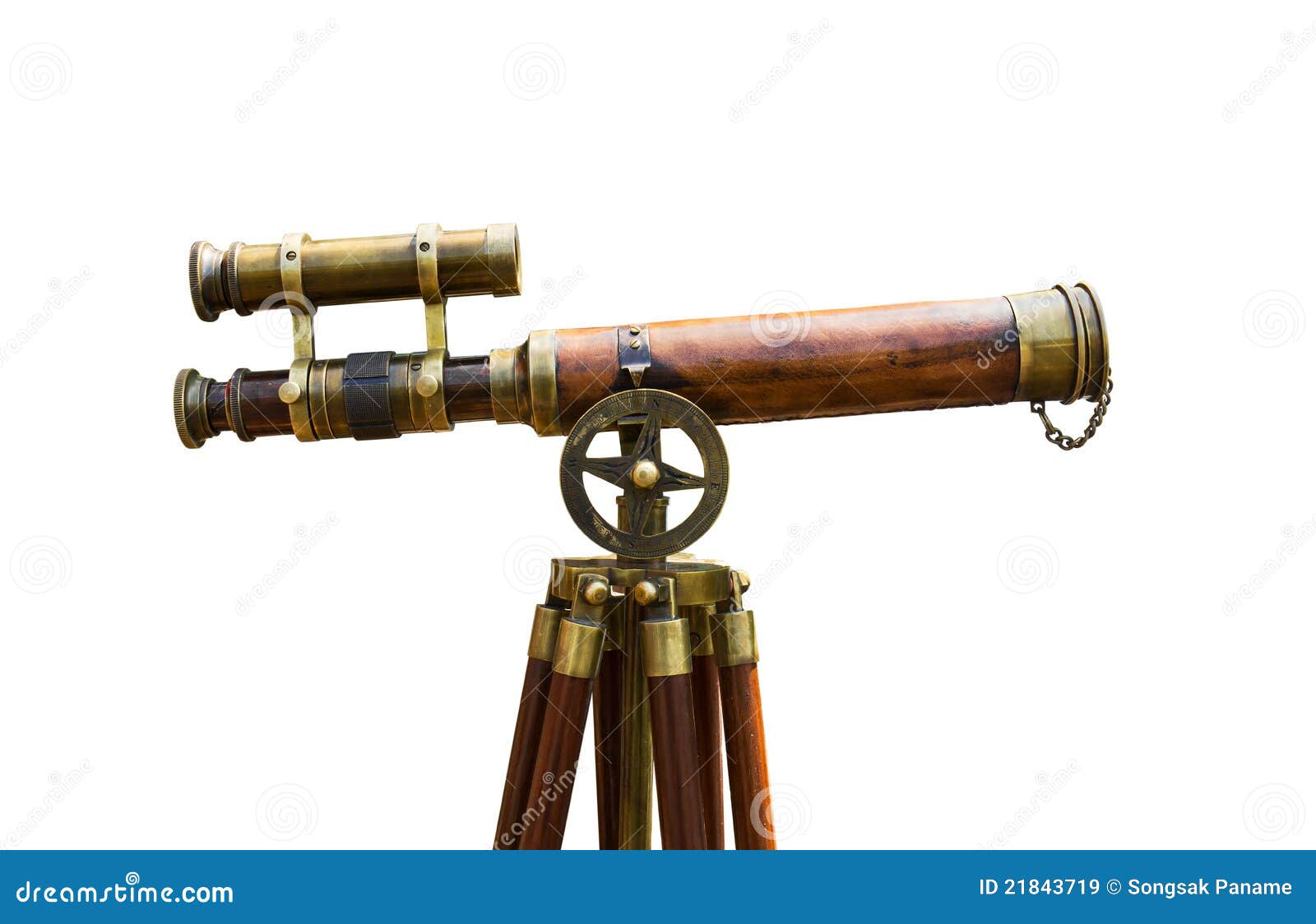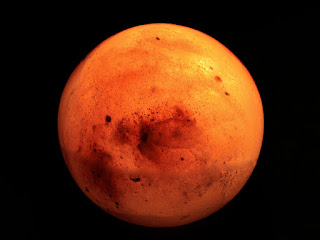Daniel González Cucharero
VENUS
Venus is the second planet of the solar system in order of
distance from the Sun.
Venus is the third planet in terms of size,
from lowest to highest.
Venus hasn’t got natural
satellites.
Venus is called like the roman goddess of love because of its
light and beauty.
Venus is a rocky and terrestrial planet.
Venus and Earth were formed at the same time.
Venus and Earth
are similar in size, mass and composition but they are different in temperature
and atmosphere.
Venus is a bit smaller than Earth.
Venus has the hottest atmosphere of the solar system (480 °C)
because it is composed of greenhouse gases that trap much more heat from the
sun, such as carbon dioxide.
There is no difference in temperature between night and
morning.
Venus used to have oceans with the same
quantity of water as the Earth but now it hasn’t got oceans.
Venus rotates around its axis very slowly.
Venus rotates in the opposite direction of
the other planets. In Venus the sun rises from the west and hides from the
east.
Venus has the longest day of the solar system: 243 Earth
days.
The orbit of Venus is inferior than the one
of the Earth, because of that, we can see it passing in front of the Sun.
Venus is very bright and it can be seen from Earth as we see
the Moon and the Sun.
Venus is formed by plains, lava rivers, and
mountains.
Venus is very bright because it has metallic
compounds.
Venus can’t have water because it is a
planet with a very high temperature.
Venus is a desert with craters and
volcanoes.
Venus has craters because of the impacts of big
meteorites.
The highest volcano of Venus is called Maat Mons.
After the Sun, Venus is the warmest place in the Solar System
after the Sun.
Venus is surrounded of clouds with mercury, hydrocarbons,
ferric chloride and sulfuric acid.
These clouds create corrosive acid rain.
In 1982, the Russian ship Venera 13 spent two hours sending
images of Venus.
 Fue fact
Fue fact
































